As a plant geek and gardener, I get asked ‘what are perennials?’ all the time. Usually, plant identification is tricky and full of inconsistencies and surprises. Luckily, perennial identification is straightforward. The concept of a perennial plant is easy to grasp!
What Are Perennial Plants?
By the broadest definition, a perennial plant is any plant that lives more than two years. This definition means that all trees and shrubs qualify as perennials. That’s easy, isn’t it?
However, in the horticulture, many people use ‘perennial’ differently. In their eyes, perennials are plants that live more than two years and die back to their roots every year. These horticulturally defined perennials disappear in the winter and come back every spring. They are usually attractive flowers, such as larkspur, hostas, and daylilies.
How Are They Different from Annuals?
Annual plants live for just one season, from spring until fall. Annuals tend to grow quickly. They need to complete their entire life-cycle in just a few months, from seed to leaf to flower back to seed. Annual plants never get truly woody, a key to their identification.
Some of the best garden plants are annuals, like tomatoes (more on them later), squash, and basil. Annuals grown for flowers are typically show-stoppers, like cosmos, sunflowers, zinnias.
A third type of plant exists, called a biennial. These plants grow leaves the first year and flowers the second year.

[Dahlias are some of the most unquestionably gorgeous bulb-perennial garden flowers. Photo by Alexas Fotos via Pixabay.]
What Does ‘woody’ Mean for Perennial Identification?
Woody perennials resemble the classic square and rectangle situation. Not all rectangles are squares, but all squares are rectangles. Likewise, not all perennial plants are woody, but all woody plants are perennials.
With every year, plants add a new layer of tissue to themselves. Think of treerings, for example. Only the most recent growth is alive and moving water and sugars throughout the plant. That’s the growth closest to the bark of the plant. All the older growth in the middle of the plant dies and becomes purely structural. This dead, structural tissue is what we commonly call wood.
Therefore, a plant must live multiple years in order to create wood, since it is made from previous years’ growth. So all plants that have wood are perennials.
Don’t be fooled by short shrubs! Some ‘woody’ plants, like wild blueberries, can be just a few inches high. These are still woody, perennial plants, even if they seem more like annuals. You just have to get on your knees and look really, really close!

[Mint is a vigorous non-woody perennial. Many gardeners find that mint takes over without frequent pruning. Photo by Iva Balk via Pixabay.]
What About Non-Woody Perennial Identification?
Many perennials aren’t woody, because all of their above-ground parts die in the winter. Underground, their roots, bulbs, or tubers store enough energy for the plant to come back the next year.
Grass-like plants are annuals or perennials but never biennials. Many of our charismatic native grasses, such as turkey foot and buffalo grass, are perennials. Most sane people use perennial grasses for their lawns. How disappointing would your lawn be if it only lasted one year! We should all be thankful for perennial grasses.
All bulbs are perennial. Think about it; plants wouldn’t put all their energy into making big, juicy bulbs if they were annuals. Annuals need to put as much energy as they can into producing seeds, since they die in the fall. These big bulbs aren’t seeds, so annuals have no interest in them. Bulbs store all the energy needed for starting next year’s growth.
Tubers are perennials, too. Tubers are sort of like bulbs. They are technically thickened parts of the roots. Potatoes, yams, and sweet potatoes are common tubers.
Many common flowers are perennials. But there are also tons of annual flowers. There isn’t an easy way to tell if a flower is a perennial or an annual. There are good online guides that can help you out, though.
Some commonly grown perennial flowers are delphinium, columbine, salvia, and penstemon. Some of the best medicinal ‘herbs’ are actually perennial flowers, like yarrow and echinacea.
Phew! With all those categories out of the way, you’re on the path to being great at perennial identification!

[Echinacea is a non-woody perennial. Photo by Susanne Jutzeler via Pixabay.]
What About My ‘Perennials’ That Don’t Come Back Every Year?
Some people get disappointed when they buy ‘perennial’ flowers that don’t come back the next spring. Tulips are a common example of a perennial that fails to regrow. Sometimes, perennials don’t regrow because they lack the proper soil nutrients. Other times, as with tulips, they have put so much energy into growing bright flowers that they simply didn’t save enough energy to flower next year.
Many times, perennials will grow leaves but not flowers during their second year. In some cases, they will flower the third year after being planted, having saved up enough energy.
Sometimes plants we use as annuals are actually perennials. Pansies are a good example. While technically perennials, most people replace pansies every year because they don’t look as good during year two. Other plants people typically grow as annuals but are actually perennials are potatoes, peppers, and even tomatoes!

[Tomatoes are tricky! In nature, they are perennials even though nearly everyone grows them as annuals. Photo by CongerDesign via Pixabay.]
Are Volunteers Perennials?
Most gardeners are familiar with volunteers. Volunteers are plants that sprout but the gardener didn’t seed or plant that year. These volunteers are welcome surprises in many cases. On first thought, these volunteers might seem like perennials because they come up every year. However, they are distinct from perennials.
In a vegetable garden, most volunteers can either be annuals or perennials, but they have grown from a new seed rather than the previous year’s roots. Perhaps you let a tomato ripen for too long and it fell into the soil. If the seeds found a nice spot, they might become a volunteer plant the next spring!
Common garden volunteers are tomatoes, squash, melon, beans, and sunflowers.
Now you can enjoy your garden even more, knowing perennial identification.
Featured image by congerdesign via Pixabay.
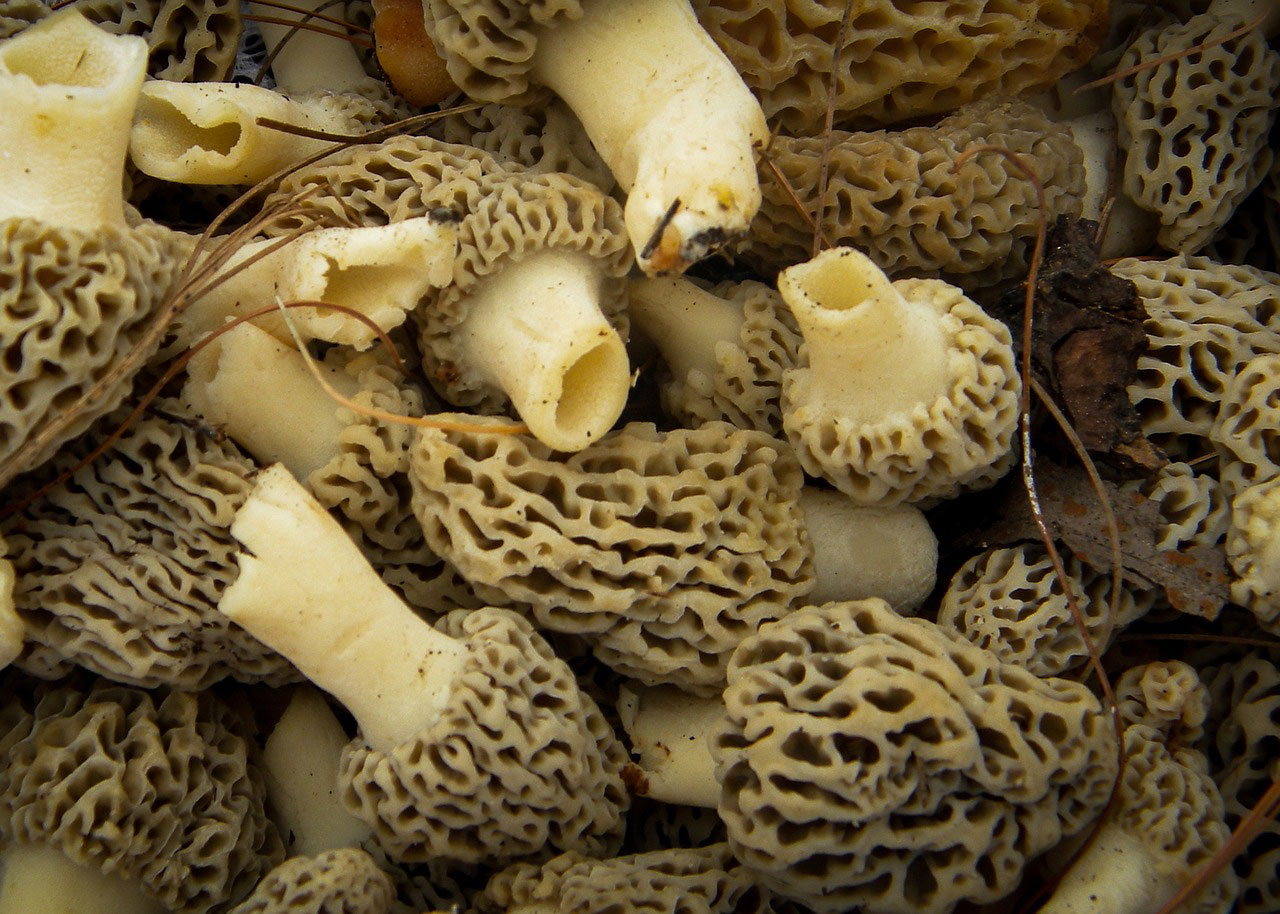
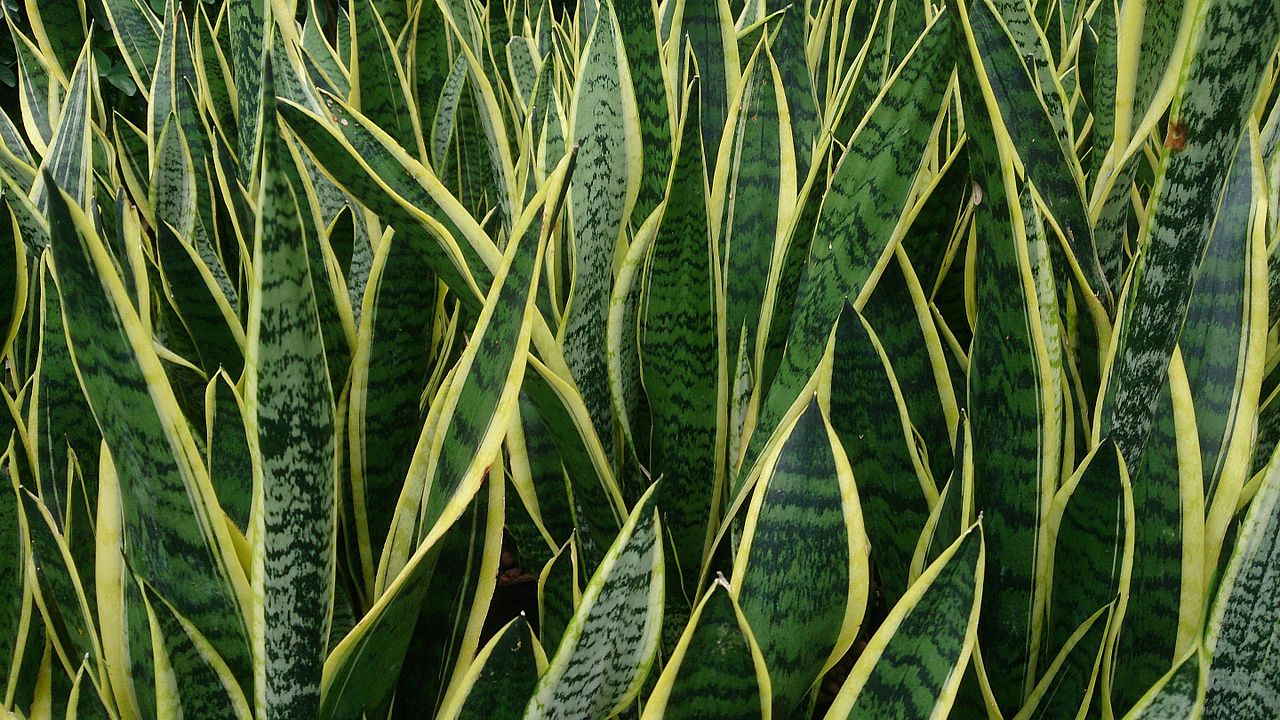
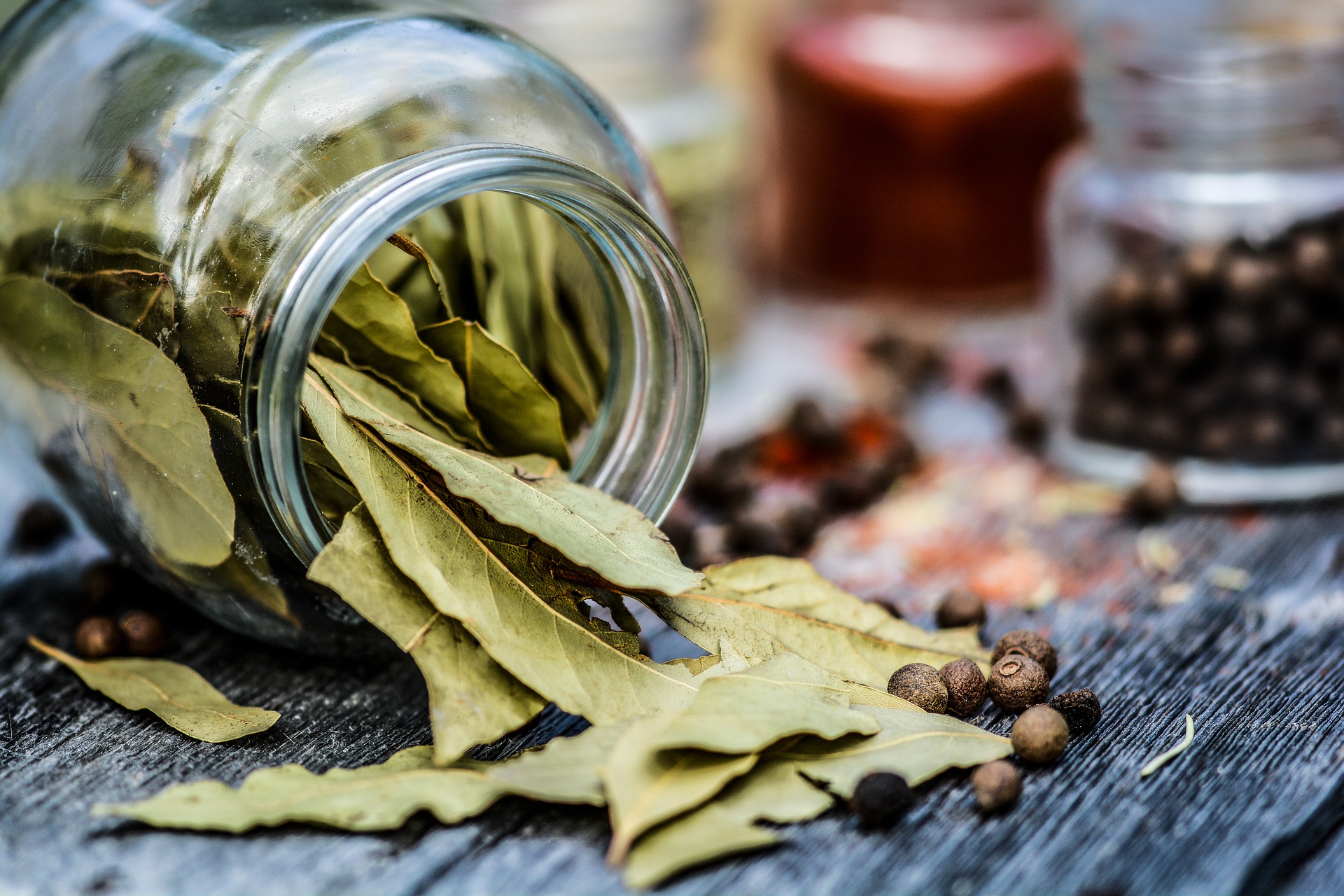
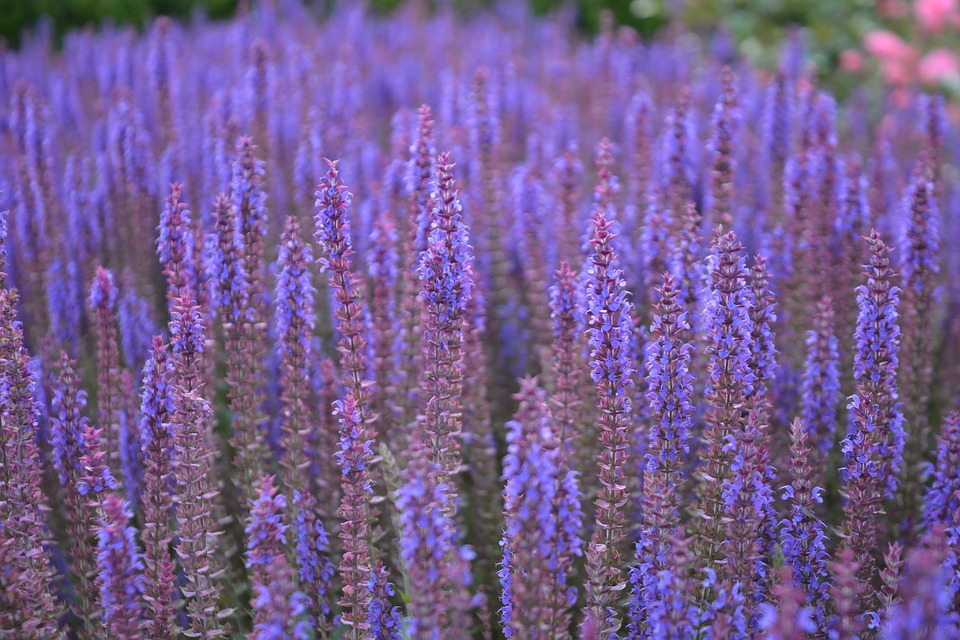
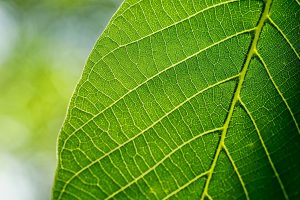

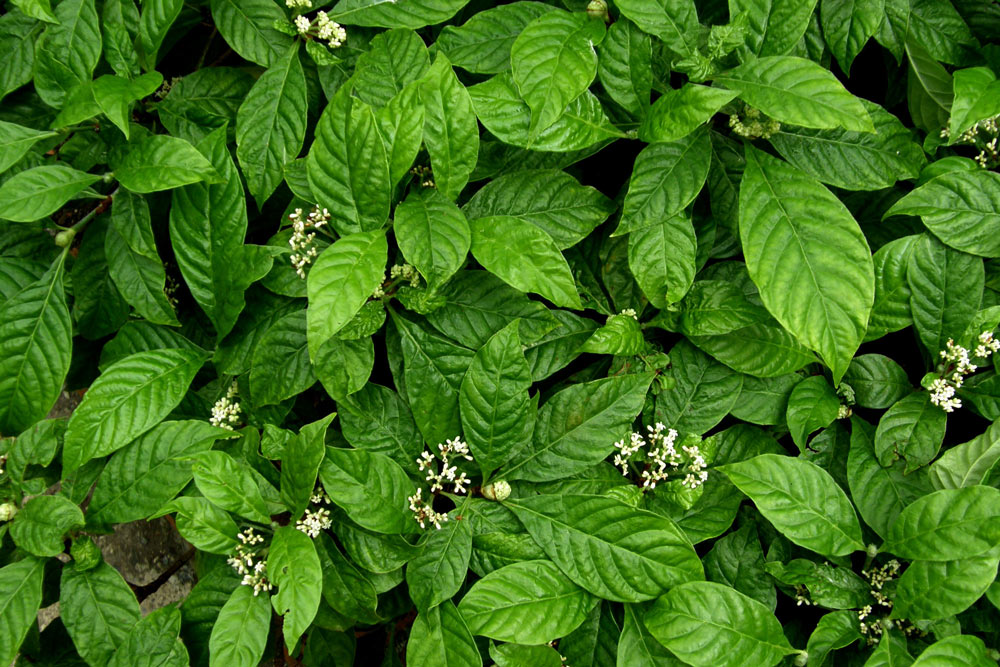
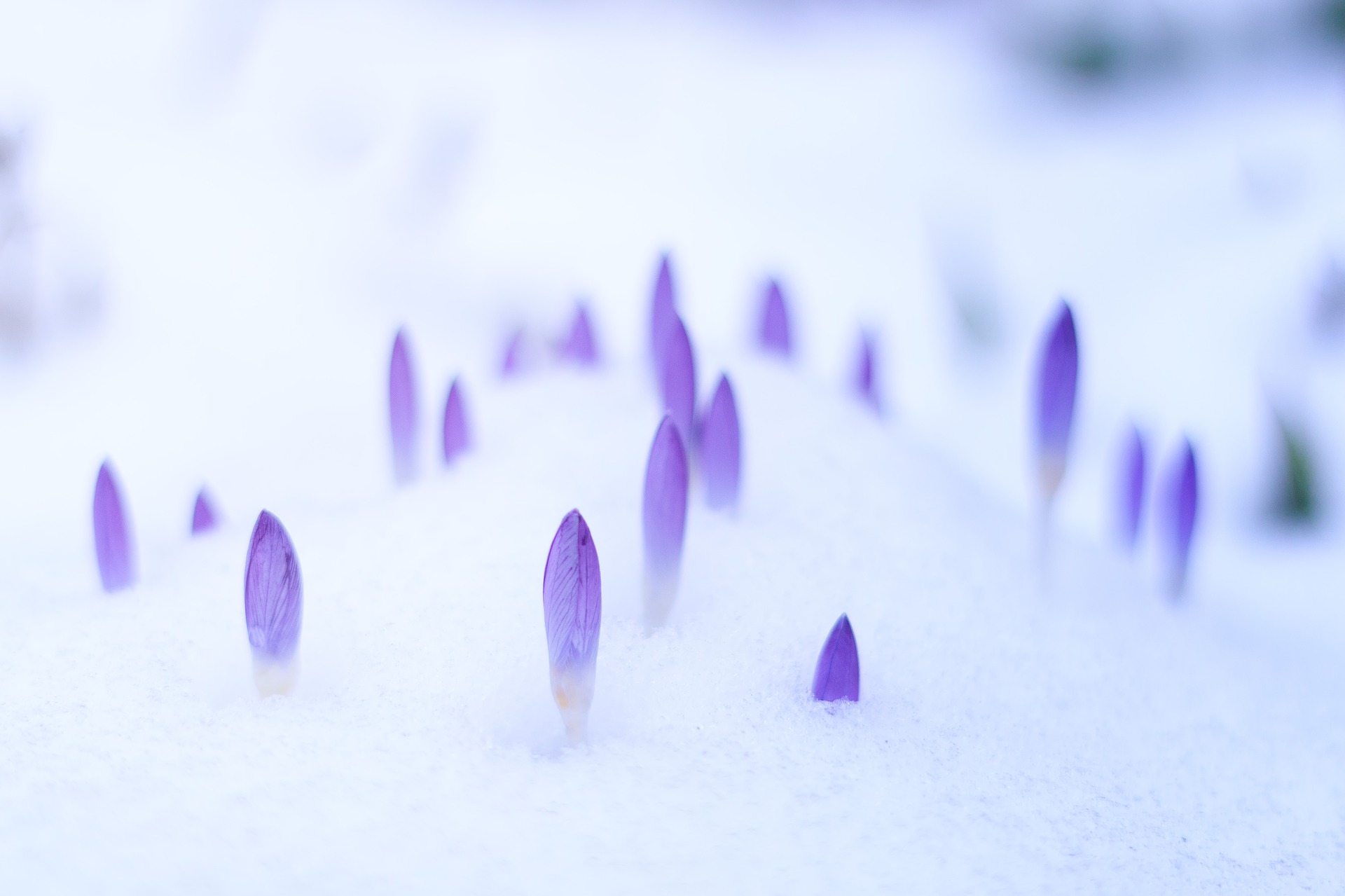
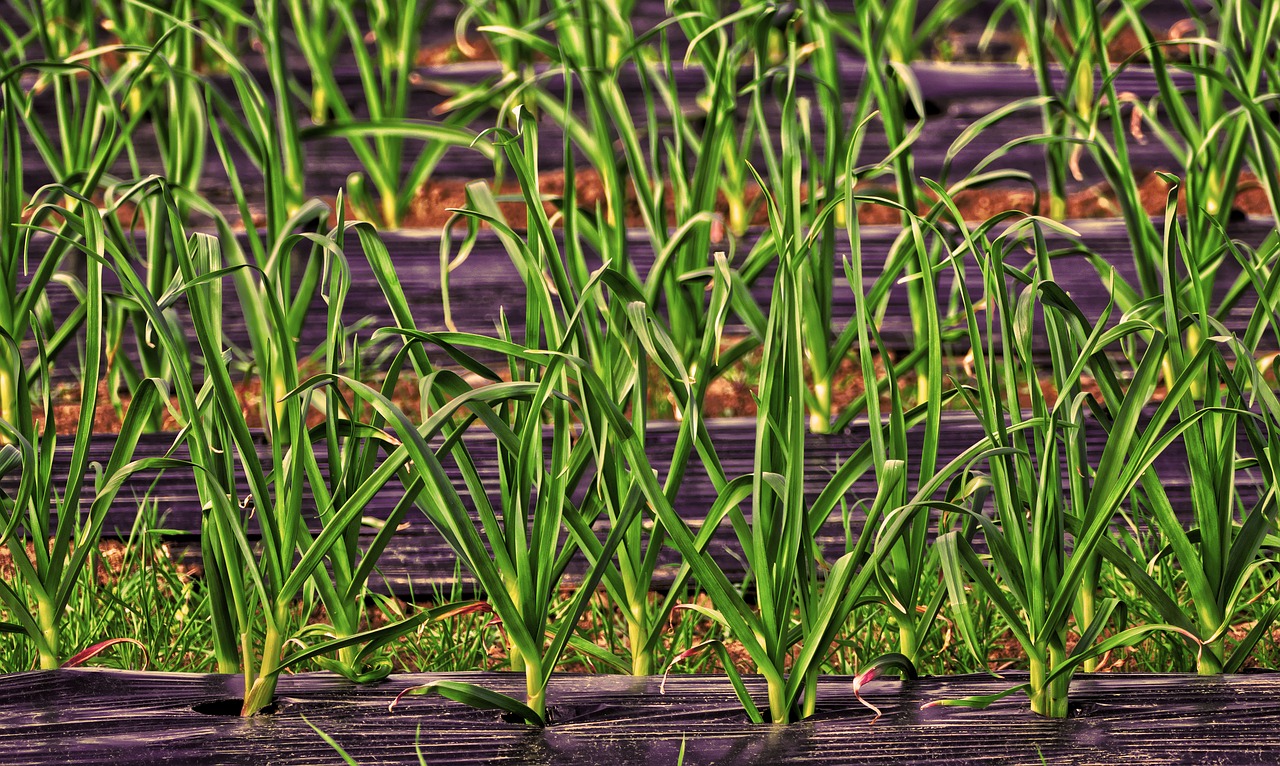
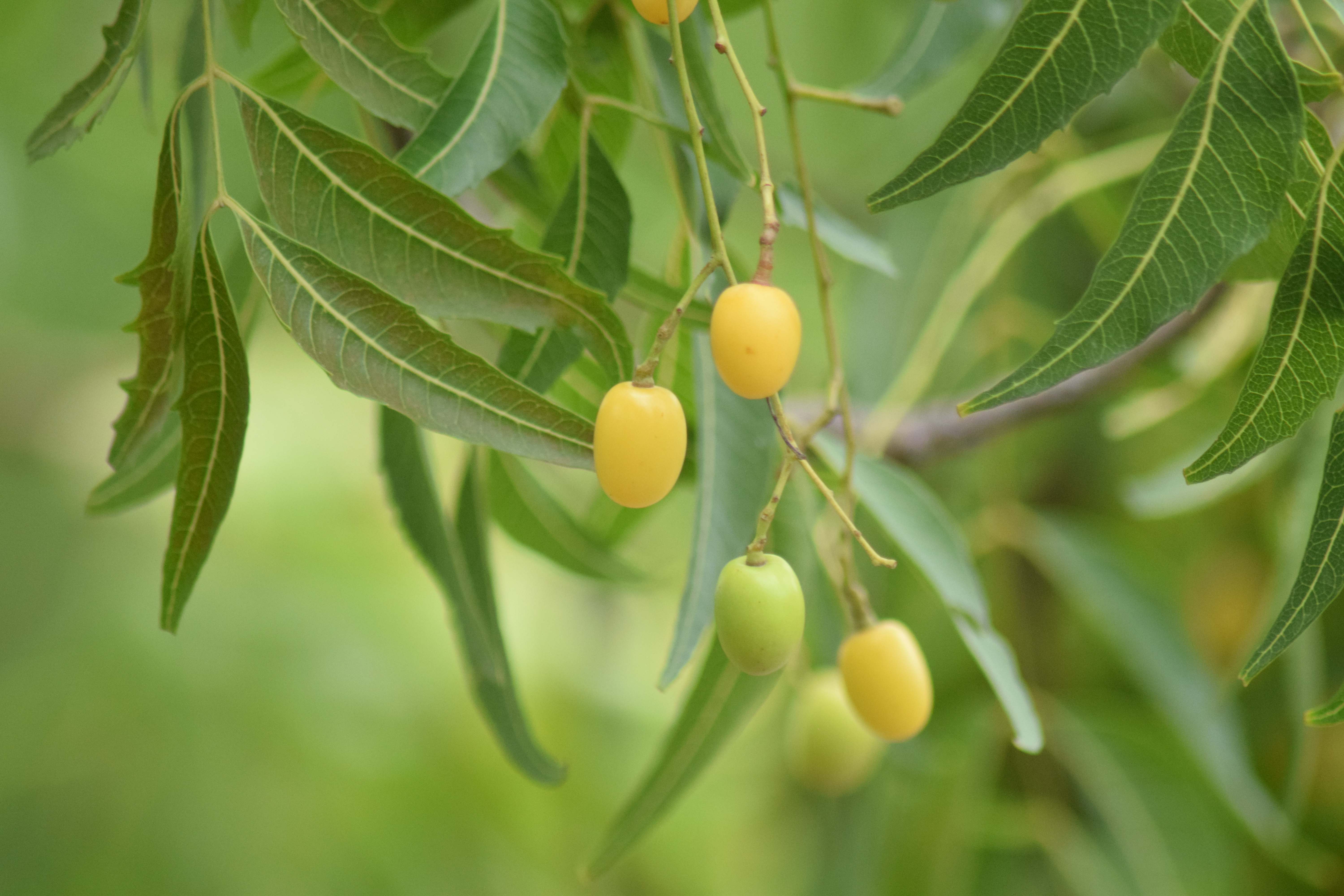
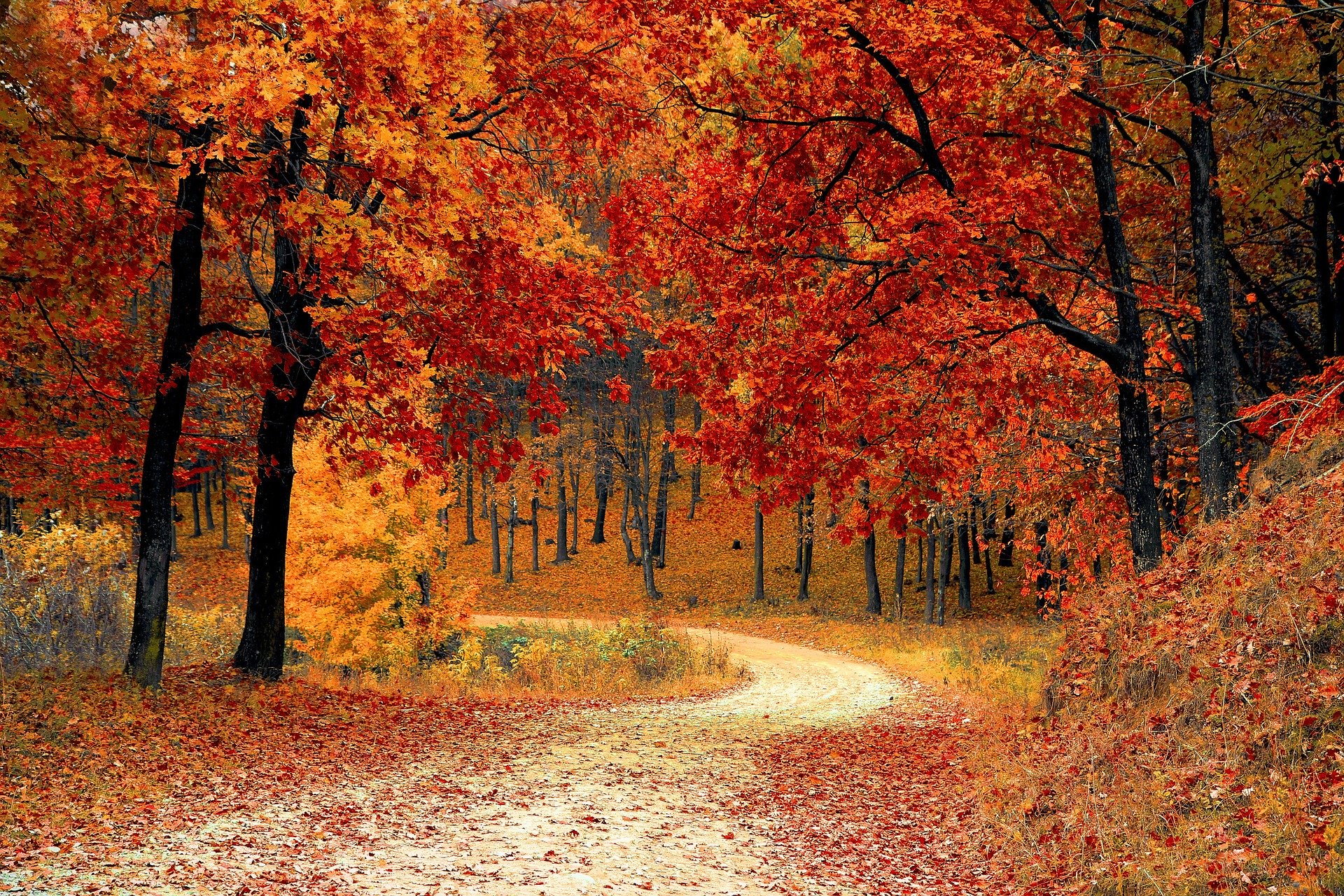
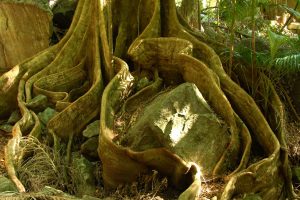

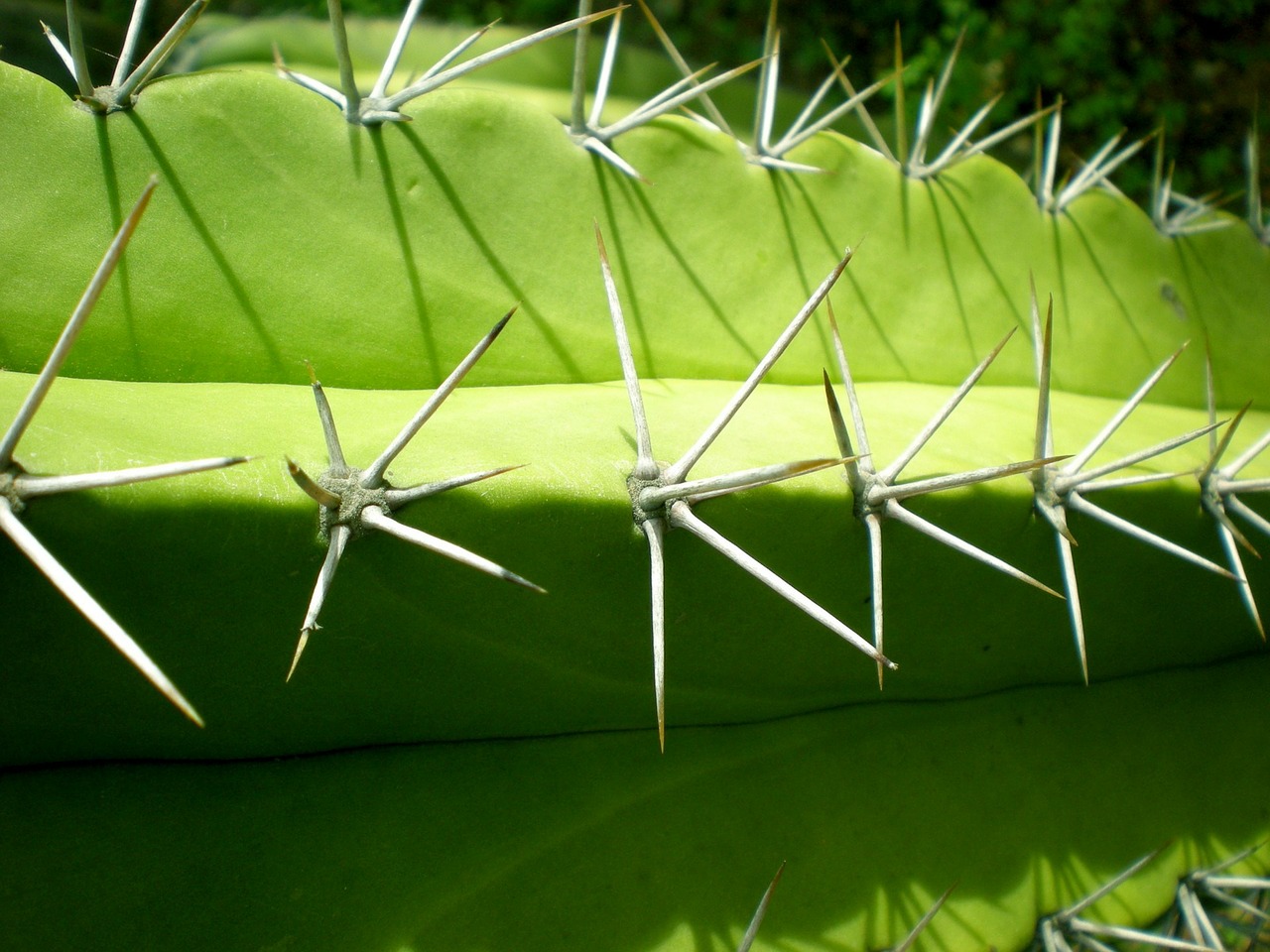
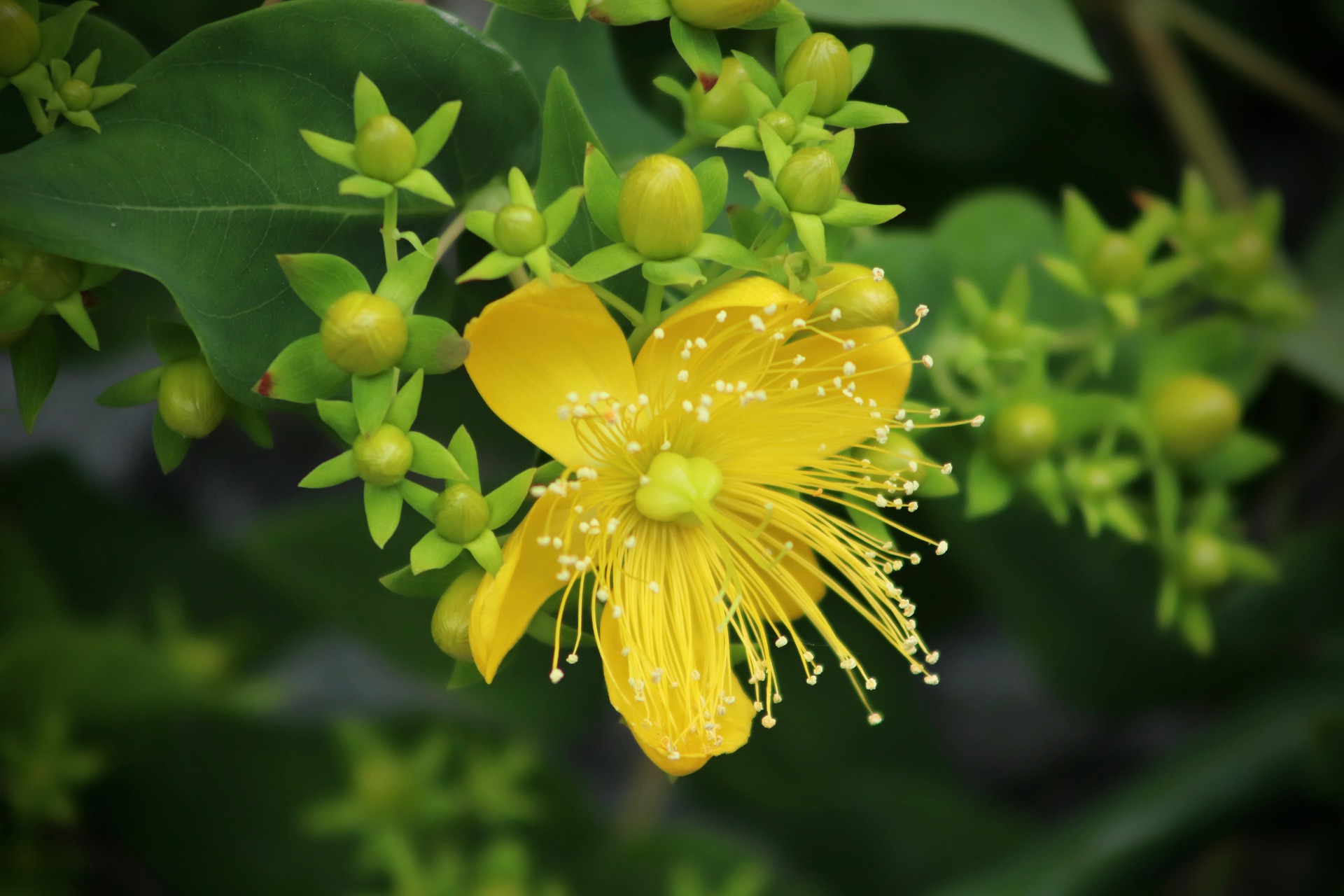
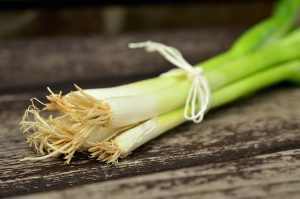
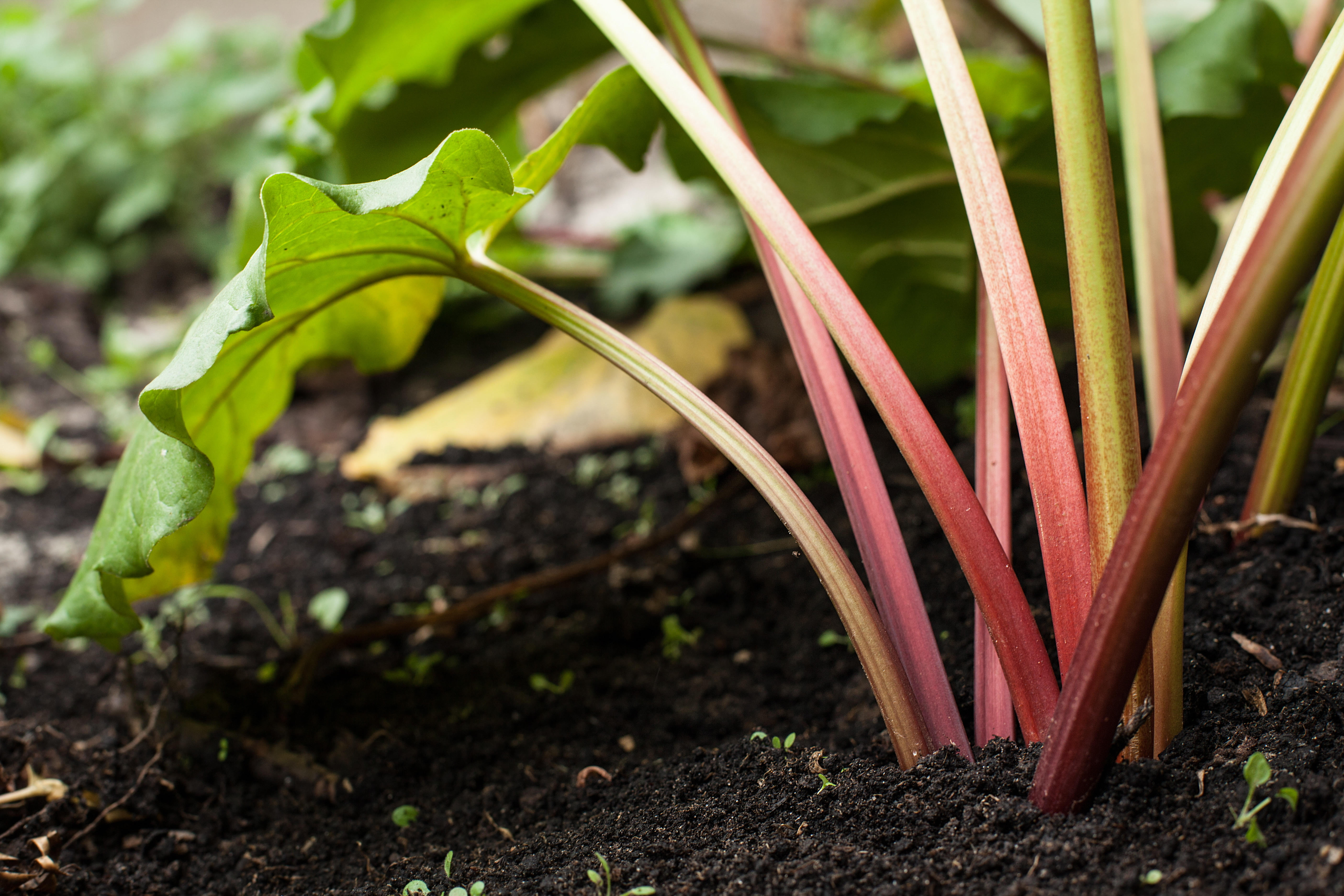

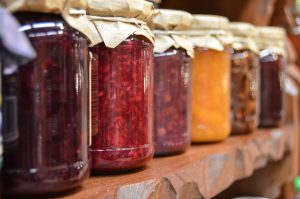

I completed and passed an HNC in Garden Design and Horticulture.
The description of the various plant growing seasons are excellent and concise.
I am still confused about tomatoes and peppers! They grow by a seed and so you are saying that the actual tomato or pepper plant can continue in the spring if I do not pull it up in the fall?